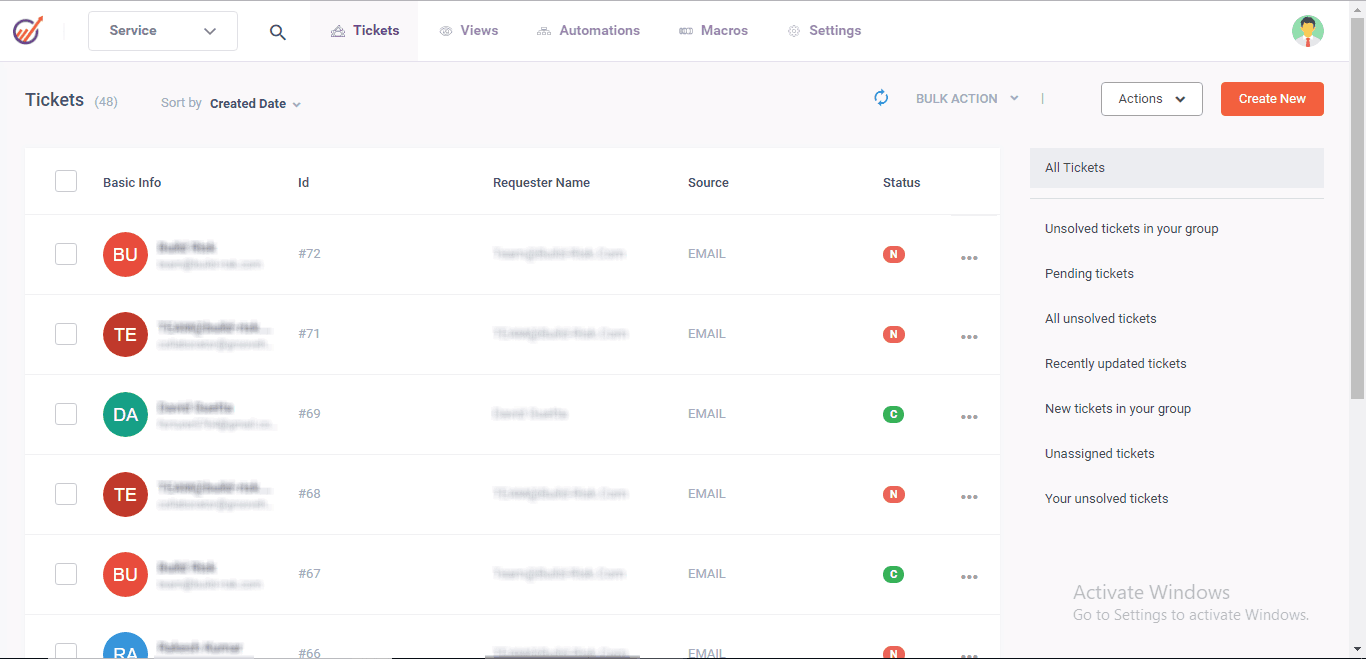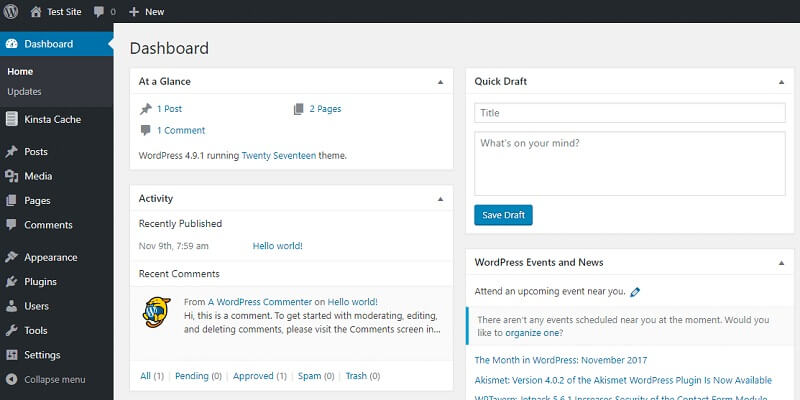Creating a strong software development team is essential for the success of any tech-driven project or company. The foundation of any successful team lies in a combination of skilled professionals who are not only adept in their technical knowledge but also in their ability to communicate and collaborate. Building such a team requires a thorough understanding of the various roles and responsibilities that need to be fulfilled. From developers who write code, to project managers who oversee the progress and handle logistical challenges, each member plays a pivotal role in the development process.
The cohesion and efficiency of a software development team are just as important as the individual competencies of its members. Leaders in the field emphasize the significance of aligning the team’s work with the company’s objectives while maintaining agility to adapt to changes. They must strategize to scale the team appropriately as the company grows and to tackle the inevitable challenges that accompany rapid expansion. Effective communication, a shared vision, and a clear set of goals are fundamental in fostering a productive environment and delivering quality software products.
In hiring for a development team, it is crucial to consider not only the technical qualifications of potential candidates but also their ability to integrate into the existing company culture and team dynamic. Experience and expertise are valuable, yet the capacity for innovation and problem-solving are equally important traits. Striking the right balance in team composition can set the stage for exceptional performance and the successful realization of software projects.
Read also: Enterprise Software Development: Best Practices and Trends
Creating a Software Development Team:
Assembling the Core Team
When building a software development team, the foundational step involves gathering a core group of professionals whose combined skills and experience align with the project’s objectives.
Defining Roles and Responsibilities
The core team’s framework hinges on clear-cut roles and responsibilities. Organizations should delineate the scope of each position, ensuring balance among the team members. This balance includes, but is not limited to:
- Project Manager (PM): Facilitates communication, removes obstacles, and ensures product delivery aligned with client expectations.
- Developers: Split into specialists or generalists to cover the range of required technologies.
- Quality Assurance (QA) Engineers: Focus on testing to maintain the integrity of the final product.
- UI/UX Designers: Responsible for optimizing the user’s interaction with the software.
Apart from this, you can check: 4 Tips To Improve Your UX Design Practice.
Hiring Strategies and Channels
Finding the right talent necessitates a strategic approach to hiring:
- Job Portals and Professional Networks: Posting vacancies on platforms like LinkedIn or Indeed.
- Referral Programs: Utilizing an existing employee’s network to find potential candidates.
- Outreach Events: Participating in job fairs, meetups, and conferences to attract talent.
Evaluating Technical Skills
Technical assessment is critical in the hiring process:
- Review candidates’ portfolios and prior work.
- Conduct coding tests relevant to the project’s technology stack.
- Perform technical interviews to test problem-solving abilities.
Assessing Soft Skills
Soft skills are equally important for a cohesive team:
- Communication: Candidates must articulate ideas effectively and understand others.
- Teamwork: Prospects should demonstrate the ability to work collaboratively.
- Adaptability: The capability to handle changes and new challenges is vital.
By meticulously crafting a core team, companies lay a solid foundation for their software development endeavors, aiming for a harmonious blend of technical prowess and interpersonal skills.
Cultivating Team Dynamics
The performance of a software development team hinges on its members’ ability to work together effectively. Team dynamics play a critical role in ensuring that collaboration, communication, and continuous improvement are part of the day-to-day operation.
Establishing Effective Communication
Clear and direct channels of communication set the foundation for any high-functioning team. It’s important that team members:
- Use daily stand-ups and retrospectives to stay aligned with project goals and progress.
- Adopt communication tools like Slack, Jira, or Confluence to facilitate synchronous and asynchronous conversations.
Promoting Collaboration
Collaboration is the lifeblood of any software development team. To promote this:
- Encourage pair programming to improve code quality and share knowledge.
- Utilize code reviews to ensure that diverse perspectives contribute to the solutions.
Fostering Continuous Learning
Software development teams must constantly evolve and embrace new technologies. They should:
- Dedicate time for professional development through workshops, courses, and certifications.
- Engage in knowledge sharing sessions to disseminate insights and innovations across the team.
Implementing Agile Methodologies
Agile methodologies enhance a team’s responsiveness and adaptability. Incorporating agile means:
- Embracing iterative development and feedback cycles to fine-tune products and processes.
- Enabling teams to self-organize and make decisions quickly through scrum or kanban frameworks.



